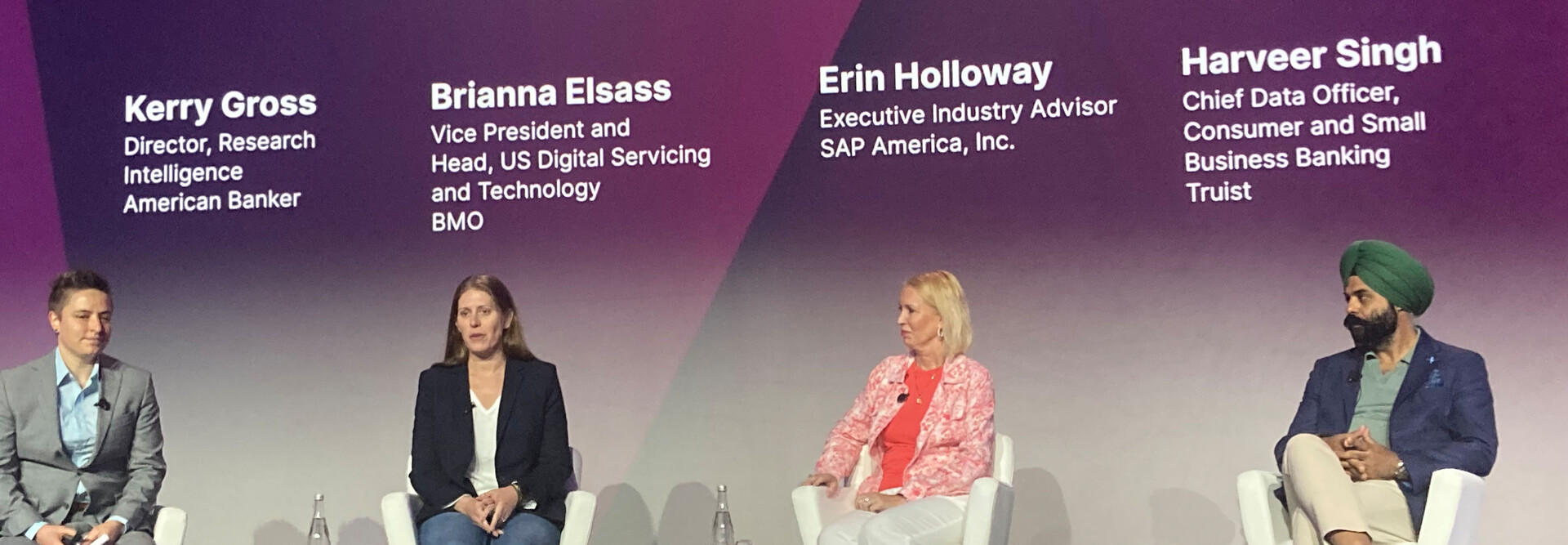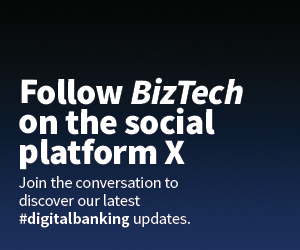Banks should focus on building AI solutions for customers that empower them in subtle ways, said Brianna Elsass, vice president and head of U.S. digital servicing and technology at BMO Financial Group, the 13th-largest U.S. bank. “Customers hear about AI, but they don’t always know when they’re interacting with it,” Elsass said.
Banks of all sizes are still working to build the AI solutions that customers want and that can help bank employees get more done quickly, according to American Banker’s 2025 Data-Driven Bank Research report, some of which was presented during the session. Only 52% of banks have fully implemented chatbots, the same percentage that have fully implemented biometric security. But fewer than 35% of banks have fully implemented almost any other AI-powered solution — including virtual assistants, document processing, predictive analytics, anti-money laundering and more.
DIVE DEEPER: Read more in CDW's Artificial Intelligence Research Report.
Where Are Banks on Their AI Journeys?
Where, then, does that leave institutions on their journey to building fully AI-powered customer experiences? The question is, in some ways, unanswerable, says Singh, because no one knows what the end state looks like with AI.
“If you had asked me that question a year ago, I would have said we’re doing really well,” Singh said. “But then all this agentic AI stuff started, and I thought, ‘Oh boy, we might have to start again.’ I honestly don’t know what stage we’re in. We’re in some stage.”
But the “stage” doesn’t matter as much as an institution’s approach to AI, he said. There are so many things a financial institution might leverage AI to achieve that it’s important to think carefully about which projects to choose. Instead of “chasing shiny objects” that the bank may not have patience to see through, they should focus on projects that drive customer value and that help the institution meet customer needs that currently aren’t being met.
Most customers do business with more than one financial institution, and that’s OK, Singh, said. “But what are they providing that customer that you can’t? Maybe use AI for that.”
Click the banner below to sign up for our newsletter and receive more business IT insights.















